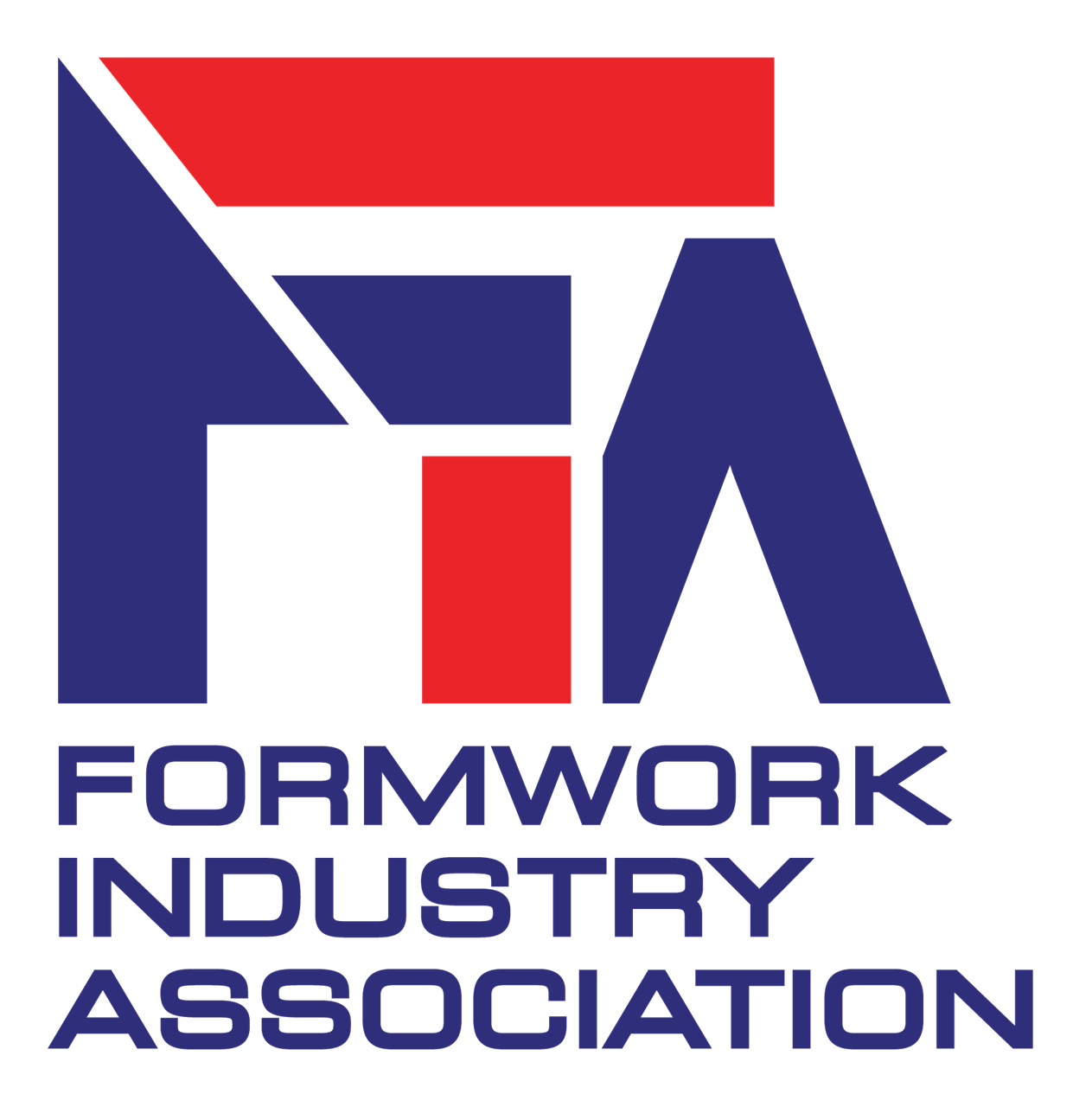NATIONAL SAFE WORK MONTH |
Frequently asked questions(provided by SafeWork Australia)
Who’s responsible? While the Commonwealth, states and territories are responsible for regulating and enforcing the WHS laws in their jurisdictions, we all have a responsibility and duty for building a safe workplace around us. Who has a duty? Business owners, managers and employers owe a duty to employees to ensure ‘so far as reasonably practicable’ their health and safety at work. What is regulation? In Australia, ‘regulation’ is the process by which the model WHS laws are enforced. State-based WHS agencies – often called ‘regulators’ – enforce the model WHS laws in their jurisdiction. What are the costs of poor safety? Poor WHS can cause injury, illness and even death. While the emotional cost cannot be underestimated, the financial cost to the whole Australian community is staggering – in 2012–13 work related injury and illness cost $61.8 billion. This figure includes both direct and indirect costs: workers’ compensation premiums, compensation payments to injured or incapacitated workers, loss of productivity, current and future earnings, potential output, and the cost of providing social welfare programs for injured or incapacitated workers. Read statistics on the cost of injury and illness by: What is good work design? ‘Good work’ is healthy and safe work, where the hazards and risks are eliminated or minimised. Good work is also where the work design optimises human performance, job satisfaction and productivity. Good work contains positive work elements that can:
Designing good work starts at the conceptual and planning phases. At this early stage, there is greatest chance of finding ways to design out hazards, incorporate effective risk control measures and design in efficiencies. Effective design of good work considers:
Read more about good work design and download a copy of our Principles of Good Work Design handbook. What is the hierarchy of control? The hierarchy of control can help you identify ways to control risks to health and safety by ranking them. The model WHS laws require duty holders to work through this hierarchy when managing health and safety risks. Read more about identifying, assessing and controlling hazards. What is a hazard? A ‘hazard’ is a situation or thing that has the potential to harm a person. Hazards at work may include noisy machinery, a moving forklift, chemicals, electricity, working at height, a repetitive job, and bullying and violence. What is a risk? A ‘risk’ is the possibility that harm – death, injury or illness – might occur when exposed to a hazard. Who do you call? To report a WHS incident or to discuss how you can make your workplace safer, contact the WHS authority in your jurisdiction. |
